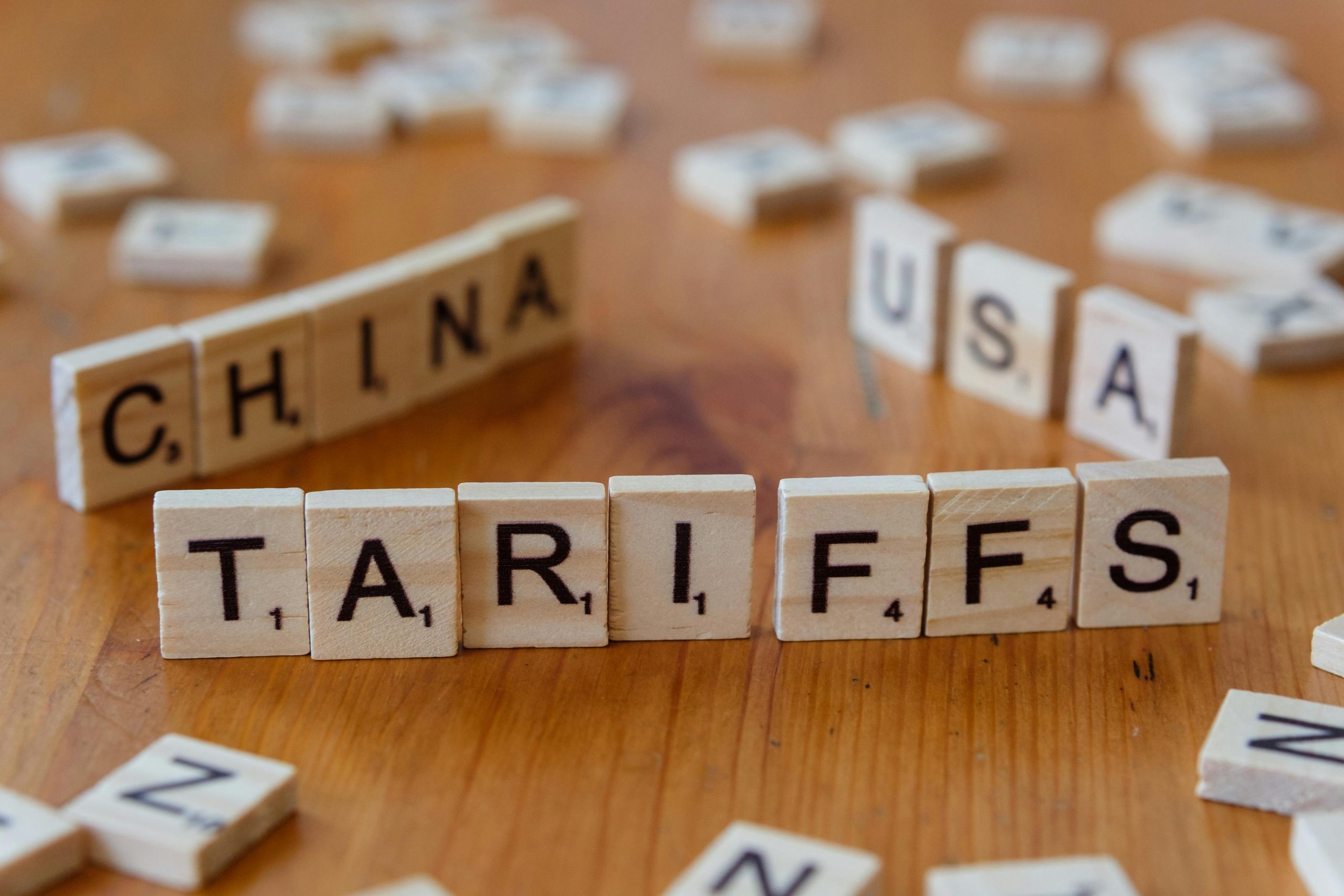Governments sometimes implement tariffs, which are essentially taxes on imported goods. These policies often aim to protect domestic industries or address trade imbalances. However, tariffs inevitably disrupt established supply chains and cost structures. This raises a critical question for everyday shoppers: Who ultimately pays the price? Do businesses absorb these extra costs, or are they passed along, making consumer goods more expensive? Understanding how tariffs ripple through the economy helps clarify their real-world impact. Let’s examine the journey of tariffs and their effect on retail prices.

Image Source: Pexels
What Exactly Are Tariffs?
A tariff is a tax imposed by a government on goods imported from other countries. The goal might be to make foreign products more expensive. This can encourage consumers to buy domestically produced alternatives instead. Tariffs can also serve as a source of revenue for the government. Or they might be used as leverage in international trade negotiations. Different types exist, such as ad valorem tariffs (a percentage of the goods’ value) or specific tariffs (a fixed amount per unit). Regardless of the type, tariffs increase the initial cost of bringing foreign goods into a country.
How Tariffs Immediately Affect Import Costs
When a tariff is imposed, the importer of the goods is typically responsible for paying the tax to the government. This directly increases the landed cost of the imported product. The landed cost includes the original purchase price plus shipping, insurance, and now, the tariff. For example, a 10% tariff on imported furniture adds directly to the importer’s expenses. This immediate cost increase forces businesses relying on those imports to make adjustments. They must decide how to handle this new financial pressure within their operations.
The Supply Chain Ripple Effect

Image Source: Pexels
The increased cost doesn’t stop with the importer. It creates a ripple effect throughout the entire supply chain. The importer might raise the prices charged to wholesalers or distributors. Wholesalers, facing higher costs, may then increase prices for retailers. Even domestic manufacturers using imported components face higher production costs. Each step potentially adds a markup to cover the tariff expense. This cumulative effect means the final product reaching the retail shelf carries a potentially inflated cost base, even before retail markups are applied.
Absorption vs. Pass-Through: The Business Decision
Businesses facing tariff-related cost increases have a crucial choice. They can absorb the extra cost, reducing their own profit margins. Or they can pass the cost increase along to the next stage in the supply chain, ultimately reaching consumers. The decision depends on various factors. Market competition plays a huge role. If competitors aren’t raising prices, a business might hesitate to do so. The price sensitivity of consumers (demand elasticity) also matters. Businesses weigh potential lost sales against maintaining profit margins.
Evidence of Consumer Price Impact
Numerous economic studies have analyzed the impact of recent tariffs on consumer prices. The general consensus among economists is that tariffs largely result in higher prices for consumers. While some costs might be absorbed initially, much of the burden tends to be passed through. Research often shows price increases on tariffed goods closely mirroring the tariff rate. This suggests that consumers, rather than foreign exporters or domestic importers, bear the primary brunt. Specific sectors like appliances, furniture, and apparel have shown noticeable price effects following tariff implementations.
Factors Influencing the Degree of Price Changes
Not all tariffs lead to immediate or full price increases for consumers. Strong competition within the retail sector might force businesses to absorb more of the cost. Retailers might switch to sourcing from non-tariffed countries, though this takes time and has its costs. The overall state of the economy and consumer demand also play a part. During periods of weak demand, businesses may be less able to raise prices successfully. Currency exchange rate fluctuations can sometimes offset or exacerbate tariff impacts, too. The final price effect is complex.
Longer-Term Economic Considerations
Beyond immediate price impacts, tariffs can have broader, longer-term effects. They can disrupt established global supply chains, forcing costly reorganizations. Retaliatory tariffs imposed by other countries can harm domestic export industries. While tariffs might protect specific domestic jobs in one sector, they can lead to job losses in others (like those relying on imports). The overall impact on economic growth, inflation, and international relations is often debated among policymakers and economists. These consequences extend far beyond the checkout aisle.
Consumers Often Pay the Price
While the politics of tariffs are complex, their economic path often leads to the consumer’s wallet. Tariffs increase import costs directly. These costs tend to ripple through the supply chain. Although businesses might absorb some costs initially, evidence suggests a significant portion is passed on to consumers through higher retail prices. Factors like competition and demand influence the extent, but the general trend points toward consumers bearing much of the brunt. Understanding this dynamic is crucial for evaluating trade policy impacts on everyday life and household budgets.
Have you noticed price changes you suspect are related to tariffs? How do you think trade policies impact your shopping habits or budget? Share your thoughts below.
Read More
Are Grocery Stores Exploiting Inflation to Hike Prices Unfairly?
The Real Reason Grocery Prices Keep Going Up (And It’s Not Inflation)


